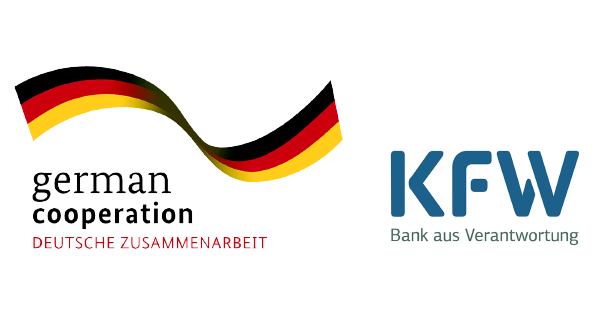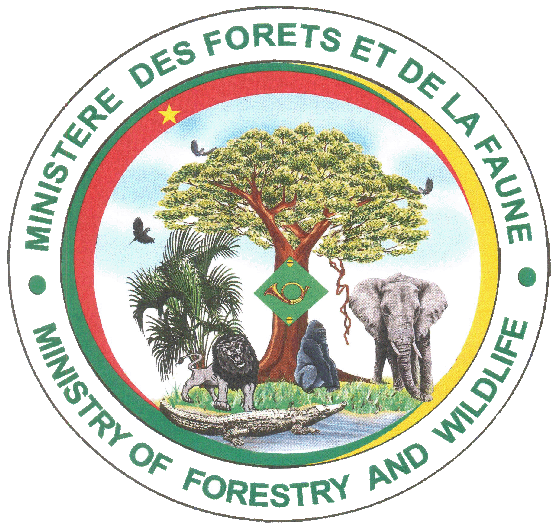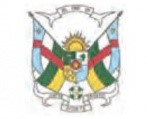Background
The Sangha Tri-National (TNS)
Biological surveys conducted by WCS and WWF in the late 1980s and early 1990s highlighted the strong biological wealth of the Sangha region Tri-National Landscape threatened by uncontrolled logging and illegal hunting activities for commercial purposes. During the same period, the two conservation NGOs established field projects in the different sites.
The governments of the countries concerned, quickly realized the importance of the Sangha region in the world and committed to create several protected areas. In 1990 the Dzanga-Ndoki National Park and Dzanga-Sangha Special Reserve in CAR are ranked and, in 1993, the Nouabale-Ndoki National Park in Congo is classified. In Cameroon, the Lobéké area is designated “Essential Protection Zone” in 1995 and its ranking as a national park took place in 2001. The fact that the three conservation areas are attached and share the same types of vegetation, and the same local communities – in particular, the forest peoples who share the same cultures and traditions and are faced with similar problems – provided an excellent opportunity to develop a cross-border conservation program.
Following the Central Africa Heads of State Summit of 1999 in Yaounde with the subsequent birth of COMIFAC, the Governments of Cameroon, Central African Republic and the Republic of Congo made their commitment by signing a Cooperation Agreement to establish and collaboratively manage the transboundary forest complex called the Sangha Tri-National (TNS).
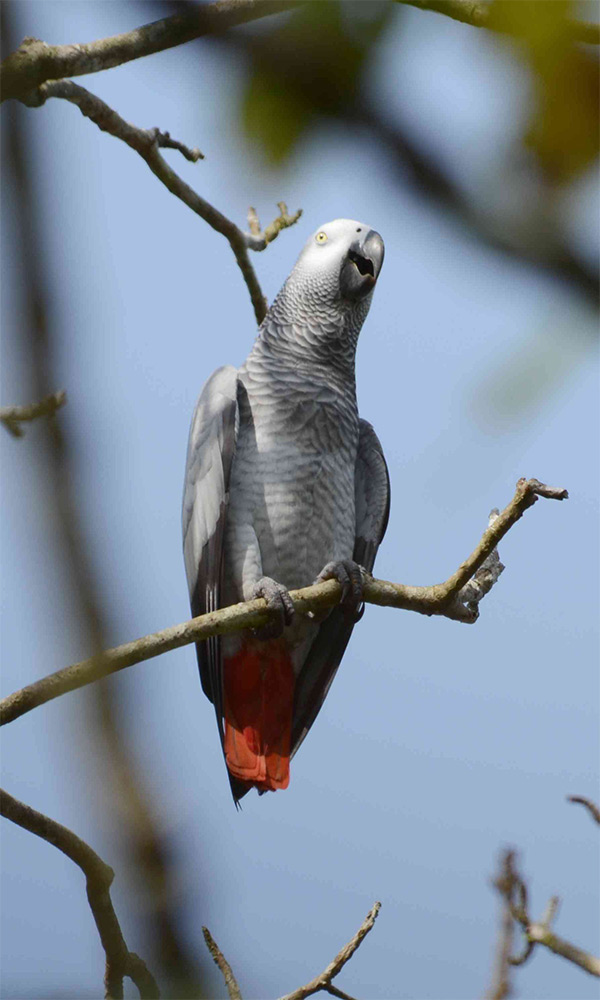
The TNS is limited by
4 departments
Boumba et Ngoko
department (Cameroon)
Sangha Mbaere
department (CAR)
Sangha
department (Congo)
Lokouala
departement (Congo)
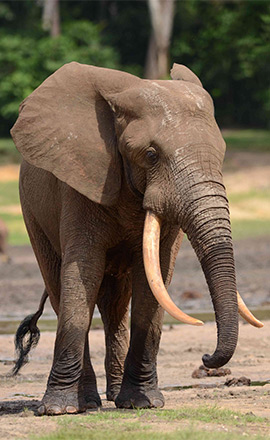

The Sangha Tri-National (TNS) Main protected area
TNS has a core protected area for biodiversity conservation. Human activities are either prohibited or controlled. It also includes a multipurpose peripheral zone in which it is possible to exploit resources; it must however be subject to sustainable management of forest and wildlife resources.
The main TNS protection zone includes the National Parks of Lobéké (Cameroon), Dzanga-Ndoki (RCA) and Nouabalé Ndoki (Congo). The peripheral zone includes production forests (industrial logging concessions, community forests,), wildlife management areas (sport hunting concessions, community hunting zones) and agro forestry areas as well as residential areas.
TNS is a pioneering model of cross-border conservation initiatives and development of a forest policy in the Congo Basin.
Geographical and administrative boundaries
The geographic scope of the TNS is developed from the idea that partners had in mind in 2000, when the cooperation agreement was signed. Within its boundaries TNS is divided within four prefectures or division:
- The Boumba and Ngoko divisions (Cameroon) with administrative center as Yokadouma;
- The Sangha Mbaéré division (RCA) with Nola as administrative center;
- The Sangha and Likouala divisions (Congo) with the administrative centers at Impfondo and Ouesso, respectively.
The three administrative centres in the periphery of the area are Yokadouma, Nola and Ouesso. Impfondo is located outside the limits currently set for TNS.
TNS also includes a multi-purpose peripheral area where resource extraction is allowed and where, according to the national protected area in question, community and sustainable management of forest and animal resources is practiced. The peripheral zone includes production forests (forest concessions, classified forests and community forests), wildlife management areas (hunting sport concessions, community hunting zones), agro forestry and residential areas.

